
Low vision is not a medical condition per se. It is actually a characteristic of different eye diseases. People with low vision are usually those suffering from refractive errors. Low vision problem may also occur in patients suffering from cataract. All in all, low vision can be successfully treated and brought under control with a variety of vision aids.
Characteristics of Low Vision
As far as low vision is concerned, there are different degrees of the problem. Initially there are blind spots, what follows is poor night vision and glare and finally one may end up with a complete vision loss.
According to the American Optometric Association people with low vision can be categorized into partially sighted (those with visual acuity between 20/70 and 20/200 assisted with conventional prescription lenses) and legally blind (people with visual acuity no better that 20/200 under the same conditions).
Some people may lose central vision, some deal with peripheral vision loss while there are also people dealing with night blindness. Blurred vision and hazy vision are also considers as low vision problems.
Low Vision Causes
Injuries to the eye as well as many different eye diseases may cause low vision. One of the most common causes of low vision is diabetes. Diabetes is a systemic disease affecting multiple organs and organ systems capable of causing several eye disorders all of which may eventually lead to low vision.
Furthermore, low vision is reported in patients suffering from macular degeneration, cataract, cancer of the eye and is also possible after damage to the vision center of the brain (brain tumors, stroke etc.).
Diagnosis and Treatment for Low Vision
Patients turn to their doctors soon after they experience vision changes. Most of them are already diagnosed with some eye diseases and aggravation of these drives them to see their ophthalmologist.
In both cases, doctors will perform an eye exam, test visual acuity, dept perception and visual field and investigate all potential causes of low vision. The underlying conditions are treated and most patients are prescribed different vision aids, usually eyeglasses and lenses.
Some of these vision aids are specialized so there are telescopic glasses, lenses that filter light, magnifying glasses, hand magnifiers and reading prisms. Depending on the degree of damage doctor recommends the most suitable vision aid.
Finally, under certain circumstances the occurrence of low vision can be prevented. This particularly refers to diabetic patients. Also, in people suffering from cataract low vision can be easily reversed with surgical correction.




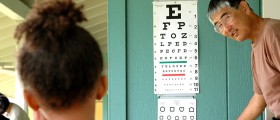
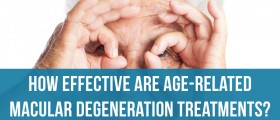

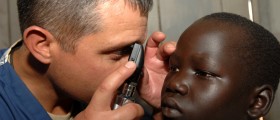


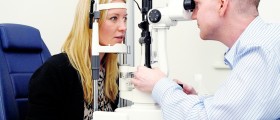




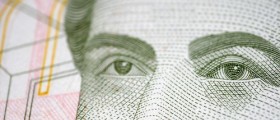
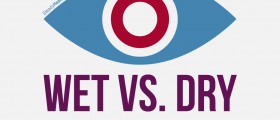
Your thoughts on this
Loading...